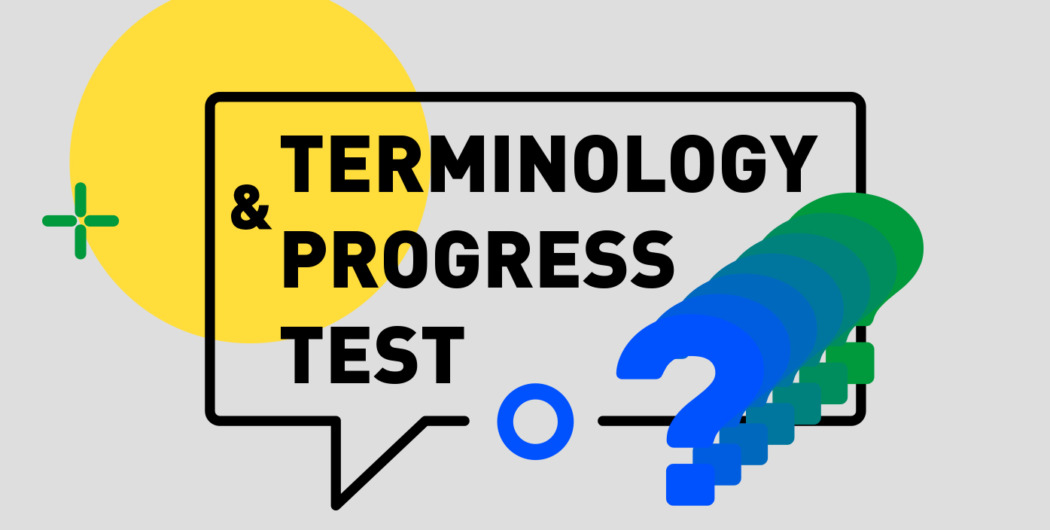
Quick terminology and progress radar assessment
1/7
7 quick questions to gauge your masterclass!
What does the USD/JPY Currency pair mean to you?
The U.S dollar is divided by the Japanese Yen.
It is wrong and inconsistent with the terms in forex trading. There is no literal division but quote and base currency.
USD is the quote, and Japanese Yen is the base currency.
The base currency is always set beneath the quoted currency in a typical foreign exchange market.
The U.S dollar and Japanese Yen are trading simultaneously.
It is wrong and does not comply with the forex trading strategy. Instead, it is interpreted as the quote and base currency, respectively.
Both currencies are volatile.
This does not portray the volatility of individual currencies but only shows how they are both traded.
What is the term for an upward price movement, usually after a prolonged downward trend?
Bear run
A bear run is the same as a downward price trend.
Bull run
A bull run is a correct term for an upward price trend, usually from the break of a bearish market.
Retest
Price retest is a phenomenon whereby the market price repeatedly attempts to break a support or resistance level.
Trend
Trend is a name given to either an upward or downward price movement over a given period.
You open your trading application, and you spot EUR/USD 2.0012. What does this translate to for you?
2.0012 Euro is trading for each U.S dollar on the market.
It is not so. Rather, the reverse is the case.
Each Euro is trading on the market for 2.0012 U.S dollars.
Since the U.S dollar is a base note, the price is merely an equivalent value to one Euro.
Both currencies are trading for 2.0012.
The exhibition of currency pairs is such that the base currency's value is displayed as equal to one of the quoted currencies.
Euro is depreciating relative to the U.S.dollar.
The Euro is not depreciating relative to the dollar but is worth double the price of one U.S dollar.
What is the term given to the allowance or preciseness between your actual opening position and the apparent opening position when trading with a broker?
Broker spread
It is the level of preciseness you get from opening a trading position. This varies based on the broker policies, with some having wide spread while others have tight spreads.
Trade sharpness
There is no such thing as trade sharpness, and it doesn't have anything to do with a broker or how your orders are executed.
Buy/Sell order
Buy orders are a trader's bid to buy a stock or commodity, while a sell order opens a selling position on a stock or commodity.
Broker speed
There is no such word as broker speed. This preciseness in order execution is called a spread.
You're just starting as a trader, and you hear some professionals talk about the Fear Of Missing Out. What does it mean to you?
Fear of not investing in a volatile market
The market will remain volatile for assets to remain liquid. Fear of not investing is the same as not doing anything at all.
Fear of losing all assets
Fear of losing all assets does not apply to the term and is caused by careless investment or an untamed impulse to invest.
Fear of missing out on important news updates
Missing news updates may affect your final trade result but does not translate to the fear of missing out.
Fear of losing investment opportunity
The fear of missing out applies to a trader's assumption of losing possible profit from the investment.
When there is low market liquidity for an asset or commodity, there tend to be fewer transactions for such asset or commodity. Why is that so?
Because traders are not interested in it.
The interest of a trader, in the first place, is determined by the liquidity of such an asset.
There is low demand and supply for the asset.
The demand and supply of particular security make it liquid or static. Liquidity attracts more investment.
There is not enough money to invest.
An asset being liquid or not has nothing to do with the investment capability of the trader. This only refers to the level of demand placed on such assets plus the ability to supply.
The asset is depreciating.
Not exactly. Depreciation only affects the market value of an asset and not how liquid it is.
The Dow Jones Industrial Average contains the following except:
Stocks
Stocks are a native part of the Dow Jones Industrial Average and make up a larger percentage.
Commodities
Commodities, similar to stocks, are a part of the Dow Jones Industrial Average Index.
Cryptocurrency
Cryptocurrencies are not collected into this or any other index.
All of the above
All except cryptocurrency cannot be found in the Dow Jones Industrial Average Index.
You’re a growing beginner. Might need to brush a bit. Let us try to help you with a few tips on trading behavioral response as you are very close to becoming an experienced trader.
You are good to go. Astutely experienced and a few steps away from becoming a professional trader. Let us help you with a few tips that’ll prepare and equip you with metrics of trading decisions.
Congratulations!
You’re an expert and have mastered this course. You have enough experience to respond to complexities and make good trading decisions. We’ll continuously try to help you with a few tips that’ll improve you even better.
+4 <span>Like</span>



